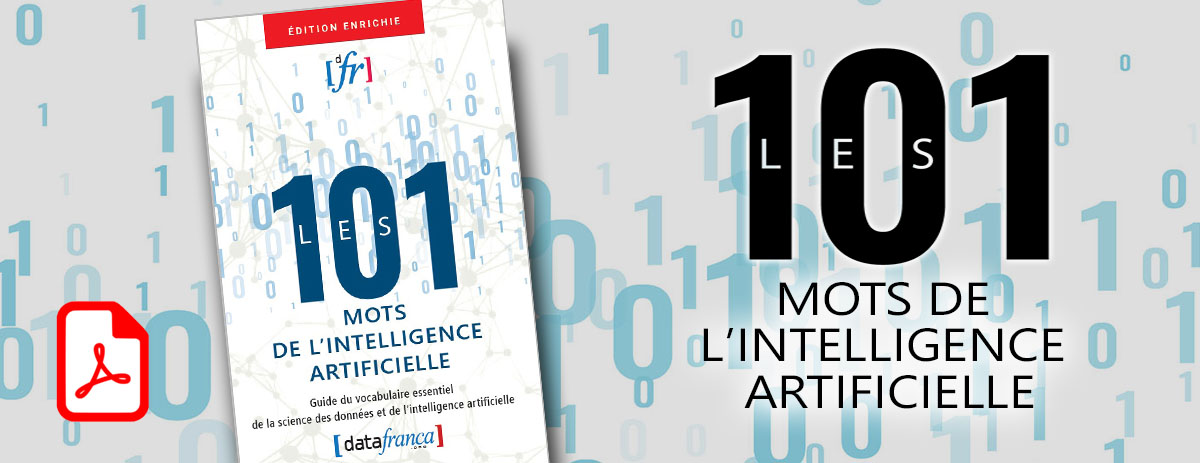|
Balises : Nouvelle redirection Éditeur de wikicode 2017 |
| Ligne 1 : |
Ligne 1 : |
|
| |
|
| == en construction ==
| | #REDIRECTION[[Théorie de la décision]] |
| | | [[Catégorie:ENGLISH]] |
| [[Category:Vocabulary]] | |
|
| |
| == Définition ==
| |
| | |
| | |
|
| |
| | |
| == Français ==
| |
| | |
|
| |
|
| |
|
| |
|
| |
| == Anglais ==
| |
| | |
| === Decision theory ===
| |
| Decision theory (or the theory of choice) is the study of the reasoning underlying an agent's choices.[1] Decision theory can be broken into three branches: normative decision theory, which gives advice on how to make the best decisions, given a set of uncertain beliefs and a set of values; descriptive decision theory, which analyzes how existing, possibly irrational agents actually make decisions; and prescriptive decision theory, which tries to guide or give procedures on how or what we should do in order to make best decisions in line with the normative theory.
| |
| | |
| Closely related to the field of game theory,[2] decision theory is concerned with the choices of individual agents whereas game theory is concerned with interactions of agents whose decisions affect each other. Decision theory is an interdisciplinary topic, studied by economists, statisticians, psychologists, biologists,[3] political and other social scientists, philosophers,[4] and computer scientists.
| |
| | |
| Empirical applications of this rich theory are usually done with the help of statistical and econometric methods, especially via the so-called choice models, such as probit and logit models. Estimation of such models is usually done via parametric, semi-parametric and non-parametric maximum likelihood methods.[5]
| |










